Grid-17

Grid-17 follows Grid-16’s indigenous-influenced theme with a few additional twists.
Inspiration was drawn from the Mesoamerican ballgame that originated in Mexico even before 1400 BCE.

The two polygons with empty centers represent the rings that the ball had to go through for a team to win (even though there was only 1 ring per court).

Did you know some of these rings were placed up to 6 meters off the ground?!
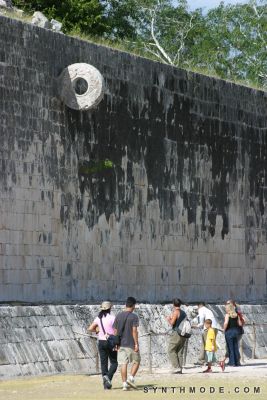
The zigzagging polygon represents Aztec feathered serpent deity, Quetzalcoatl, the boundary-maker and transgressor between earth and sky. Quetzalcoatl appears in Mesoamerican architecture and art. The following image shows the snake diagonally, as it appears on this grid, along the side of a pyramid.

The seemingly random dots represent rubber balls used in the ballgame, which were actually made of real rubber. When looking at Quetzalcoatl and the rubber balls as portrayed in this piece it’s almost impossible to not think of the snake game that came preloaded on Nokia phones for a few years.

I associate circuit boards with Mesoamerican art because of the geometric shapes/patterns and the earthly/jade green color they both tend to use. With all these memories of Mesoamerican cultures and vintage videogames combining, I felt it would appropriate to finish off the piece with something involving a circuit board and my own experience playing games that involved magic and fantasy.
The piece’s canvas was inspired by a video accelerator card, which is mainly used to enable computers to run games with better graphics, or a classic Nintendo cartridge, which is very similar, but fits the square shape better.
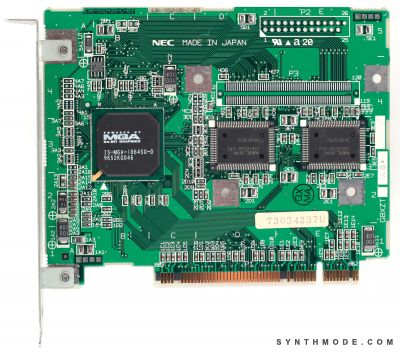
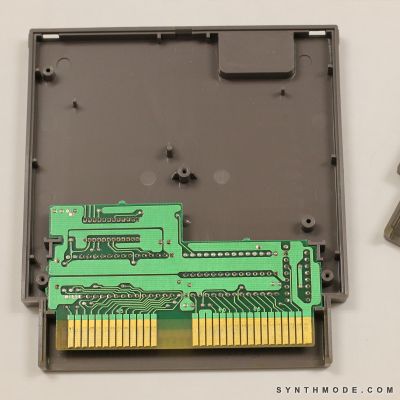
Anybody wanna play some Aztec Ball 3000? Let me just blow on this cartridge...
Introducing Gridz
Gridz are abstract art pieces with the following characteristics:
- Have a minimalist design
- Are drawn using a grid as aguide (usually from 8x8 up to 20x20)
- Use only staringht lines that start and end at grid crossings
- Use repetition and space creatively and thoughtfully
- May implement familiar/thought-provoking shapes and symbols
-
Do not use suggestive titles



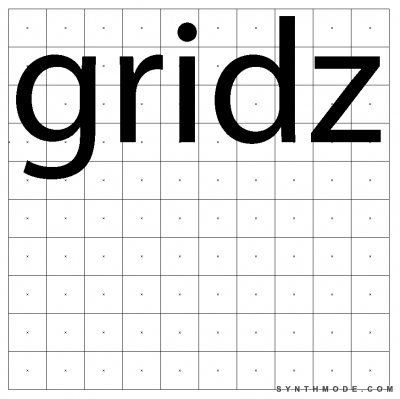
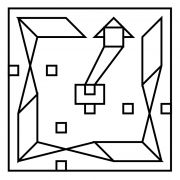

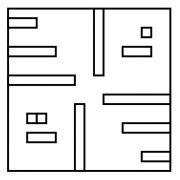



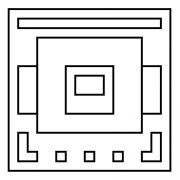


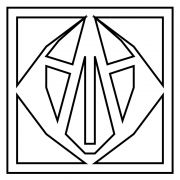


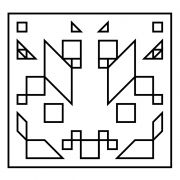





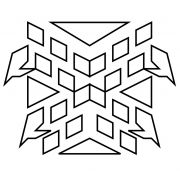
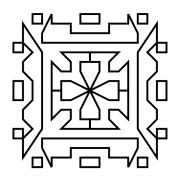
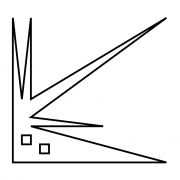

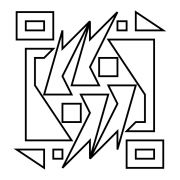
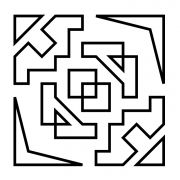
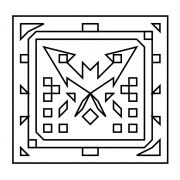



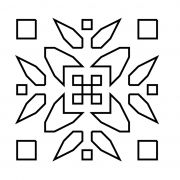
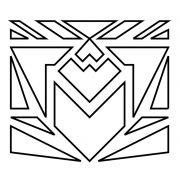
Add new comment